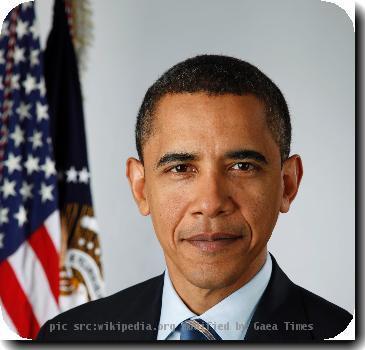House passes increased college aid for students in need; ends reliance on private lenders
By Jim Kuhnhenn, APSunday, March 21, 2010
House boosts college aid for students in need
WASHINGTON — Riding the coattails of a historic health care vote, the House on Sunday also passed a broad reorganization of college aid that affects millions of students and moves President Barack Obama closer to winning yet another of his top domestic policies.
The bill rewrites a four-decades-old student loan program, eliminating its reliance on private lenders and uses the savings to direct $36 billion in new spending to Pell Grants for students in financial need.
In the biggest piece of education legislation since No Child Left Behind nine years ago, the bill would also provide more than $4 billion to historically black colleges and community colleges.
The bill was paired with the expedited health care bill, a marriage of convenience that helped the prospects of each measure. That combined measure passed 220-211.
“We are pairing this historic health reform with another opportunity that cannot be missed — the chance to make the single largest investment in college affordability ever at no cost to the taxpayers,” said Rep. George Miller, D-Calif.
The Senate will take up the bill next week under the same expedited rules used for health care legislation. That means the Senate can pass the education measure by a simple majority, virtually guaranteeing its success despite qualms from some Democrats and opposition from Republicans.
House lawmakers passed the bill last year, but in the Senate it did not have 60 votes to overcome a near certain filibuster. By riding shotgun on the fast-track health care bill, the legislation now can avoid that obstacle.
Still, Obama won’t get the Pell Grant expansion he initially sought. Congressional Democrats had to trim their original spending plans when the 10-year savings realized by switching to direct government loans dropped from $87 billion to $61 billion.
Private lenders have conducted an all-out lobbying effort against the bill, arguing it would cost thousands of jobs and unnecessarily put the program in the hands of the government.
America’s Student Loan Providers, a trade group representing lenders, called for the Senate to reject the measure. “This is not the final chapter,” the group said in a statement. “The Senate now has the historic opportunity to pass health reform — without eliminating thousands of jobs and critical student services.”
Under the college lending program, financial institutions provide college loans at low interest rates, the government guarantees the loans in the event of default and subsidizes private lenders when necessary to keep rates low.
“By moving to the federal government’s direct loan program, we will put the best interests of students first and make college loans more reliable and affordable,” said Rep. Ruben Hinojosa, D-Texas, the chairman of a House higher education subcommittee.
In addition to using the $61 billion in savings from that change for Pell Grants and higher education institutions, the legislation would direct about $19 billion for deficit reduction and to offset expenses in the health care legislation.
Besides increasing Pell Grants, the bill provides $1.5 billion to make it easier for student borrowers to repay their loans. Beginning in 2014, borrowers would be allowed to devote no more than 10 percent of their monthly income to repay student loans. The current cap is 15 percent.
Still, the legislation is not as generous as the bill the House passed last year. The bill had anticipated far more spending on community colleges and had called for increasing the Pell Grants each year by the consumer price index plus 1 percent. Democrats had to scrap the additional 1 percent increase.
Instead, the bill proposes no increases in Pell Grants over the next two years and a modest increase over the five years that follow. The maximum Pell Grant, which a House-passed bill last year would have raised to $6,900 over 10 years, will now only increase to $5,900. The current maximum grant for the coming school year is $5,500.
What’s more, a poor jobs market that has driven potential workers to colleges and technical schools has put a strain on the Pell Grant program. Of the $36 billion destined for Pell Grants, $13.5 billion would help fill a $19 billion Pell Grant shortfall.
Following Republican criticism, Democrats dropped a provision in the new bill that would have allowed the state-owned Bank of North Dakota to continue making federally financed student loans to students.
“That’s out, end of the story,” said Rep. Earl Pomeroy, D-N.D.
Tags: Barack Obama, Education Costs, Government Programs, Government Regulations, Health care bill, Higher Education, Industry Regulation, North America, Personal Finance, Personal Loans, Republicans, Student Finances, United States, Washington

